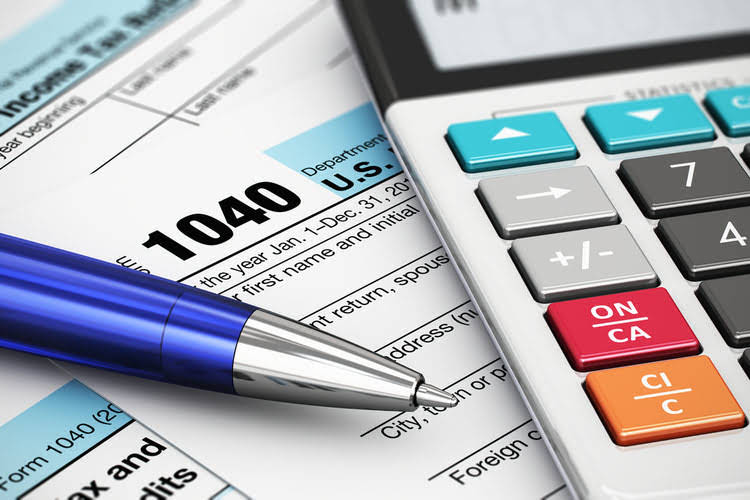
That said, if a company has issued such securities in the past (i.e., the potential for conversion), its diluted EPS in all likelihood is going to be lower than its basic EPS. A higher EPS is the sign of higher earnings, strong financial position and, therefore, a reliable company for investors to invest their money. However, the market value per share—a forward-looking metric—accounts for a company’s future earning power.
The Formula for EPS Excluding Extraordinary Items Is:

We can then subtract the 5,000 shares repurchased from the 10,000 new securities created to arrive at 5,000 shares as the net dilution (i.e., the number of new shares post-repurchase). Note that only the securities deemed “in-the-money” are assumed to have been exercised, therefore those “out-of-the-money” are not included in the new share count. The reason is that the denominator (the share count) has increased, whereas its numerator (net income) remains constant. A company’s Common Stock value can be affected by a number assets = liabilities + equity of factors including company performance, general economic conditions, and changes in the market.
Calculating Use Cases
It is also Car Dealership Accounting a major component of calculating the price-to-earnings (P/E) ratio, where the E in P/E refers to EPS. By dividing a company’s share price by its earnings per share, an investor can see the value of a stock in terms of how much the market is willing to pay for each dollar of earnings. Any stock dividends or splits that occur must be reflected in the calculation of the weighted average number of shares outstanding.

Steps to Calculate Weighted Average Shares Outstanding
- Two different ways to analyze a company through its shares outstanding are earnings per share (EPS) and cash flow per share (CFPS).
- Conceptually, the earnings per share (EPS) ratio measures the net earnings of a company attributable to common shareholders, expressed on a per-share basis and after adjusting for preferred dividend issuances.
- The importance of outstanding shares stems from their ability to give information about a company’s financial situation and potential.
- There is a relationship between authorized and outstanding shares, although they represent different characteristics of a company’s stock.
- If the company has repurchased shares from investors, you’ll need to look in the line item for treasury stock, which refers to shares that have been bought back from investors.
Let’s examine how to do this using Apple’s 10-K filing for the fiscal year ended September 30th, 2023. The simplest way to obtain the shares outstanding is to look directly on the first page, right before the table of contents. In the case of Apple, this shows that the company had how to find shares outstanding 15,552,752,000 shares of common stock “issued and outstanding” as of October 20th, 2023.
Additional metrics that use SE include debt-to-equity ratio (D/E), return on equity (ROE), return on average equity (ROAE), and the book value of equity per share (BVPS). SE provides a full snapshot of a company’s financial health and performance, and it indicates the company’s financial stability. The balance sheet is one of the key documents that investors use to evaluate a company, so it’s important to become familiar with it. If we were calculating the basic EPS, which excludes the impact of dilutive securities, the EPS would be $2.00. Calculate the retained earnings, reflecting cumulative profit retained within the business.


The number of outstanding shares can fluctuate due to various reasons, including the company issuing additional shares or buying back its shares. Shares outstanding, also known as SO, refer to the total number of shares held by shareholders and the company itself. Authorized shares indicate the maximum number of shares a company can issue, and this number can never be surpassed by the number of outstanding shares. A company cannot issue further shares without modifying its articles of formation if it reaches its approved share limit, which is the maximum number of authorized shares.